京都着物レンタル夢館
2025年7月16日
投稿者:yukari
How to Wear a Yukata Comfortably in Summer & Tips to Beat the Heat
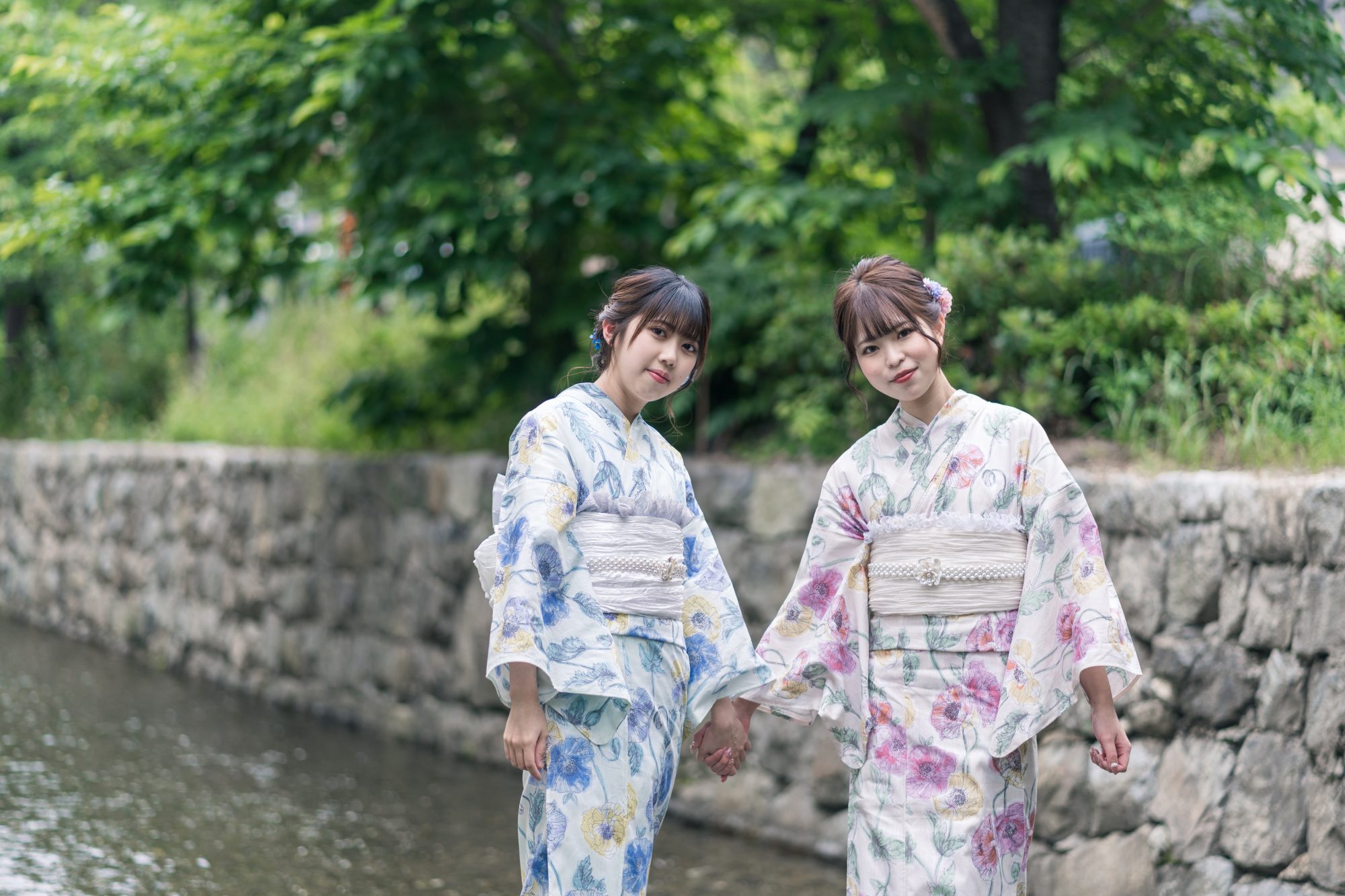
One of the charms of Yumeyakata is that you can enjoy cute yukata designs and professional dressing services. In this article, we will introduce the appeal of yukata, tips for choosing the perfect one, recommended activities and summer events around Kyoto, and finally, information about our special discount campaign.
The Difference Between a Yukata and a Kimono
Many people might have a vague idea but don’t know the details, right? When we say kimono or traditional Japanese clothing, there are actually many different types—from formal uchikake worn at weddings to casual yukata. They’re all considered forms of kimono.
Yukata
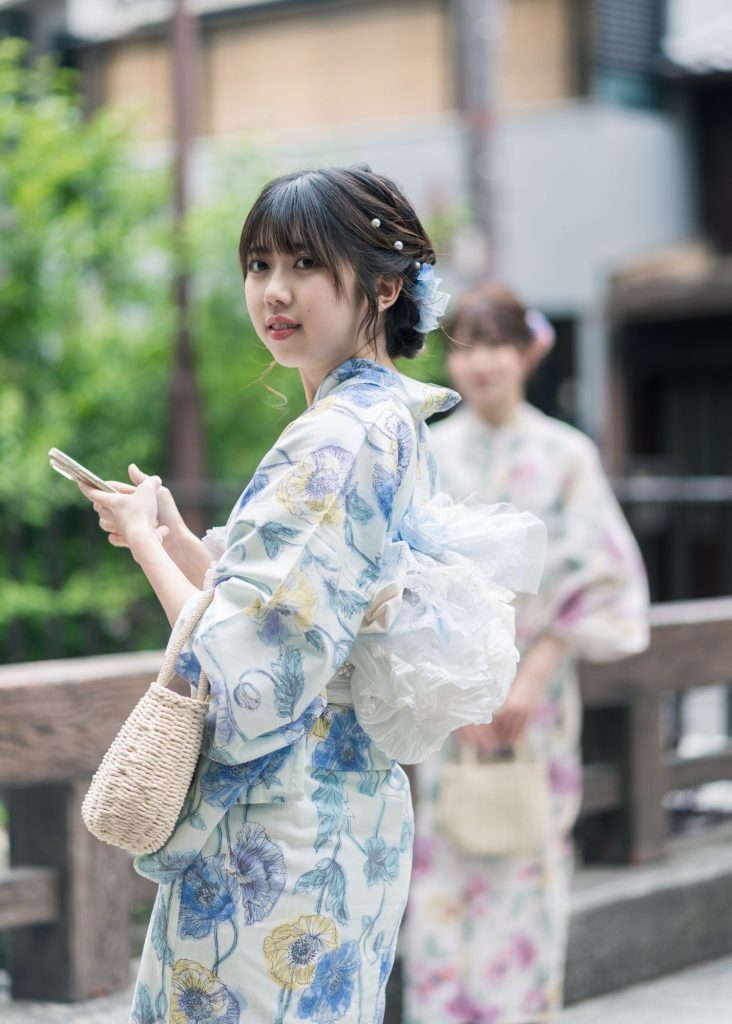
Wearing Season: Summer
Occasions: Summer festivals, strolling around Kyoto, etc.
Yukata are made from cotton, hemp, or polyester, making them perfect traditional Japanese clothing for hot days. There is no juban (under-kimono); instead, the yukata is worn over underwear, so the outfit is relatively casual.
For footwear, tabi socks are not worn; instead, geta sandals are worn. When walking, they make a charming clacking sound, adding to the nostalgic atmosphere♪
Yukata is the easiest traditional Japanese attire to enjoy. Its cool material and colorful designs perfectly match the summer mood. Wearing a yukata lets you experience a different, special atmosphere from everyday life.
Kimono(Komon)
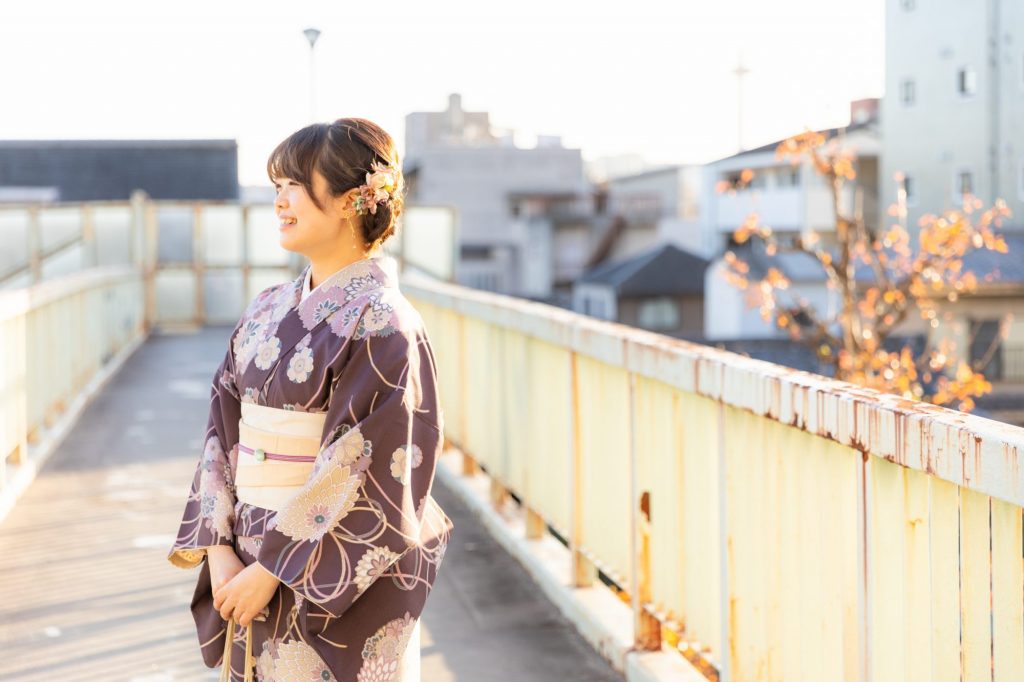
Occasions to Wear: As Everyday Attire
A komon is a type of kimono characterized by small, repeated patterns dyed in a single direction across the entire fabric. (In contrast, formal kimonos such as houmongi, which are worn at weddings and similar events, have specific pattern placements.) Depending on the design, a komon can be worn not only in casual settings but also at stylish events like concerts.
Kimonos are generally classified into three types based on the season and lining:
- Awase (lined kimono), worn from October to April
- Hitoe (unlined kimono), worn in May and June
- Summer kimono, made from breathable, sheer fabrics such as ro and sha
One key difference between a kimono and a yukata is that a kimono is worn with a juban (an under-kimono) underneath.
On the feet, tabi (split-toe socks) and zori (traditional sandals) are worn.
At Yumeyakata, you can even wear a yukata in a kimono style!
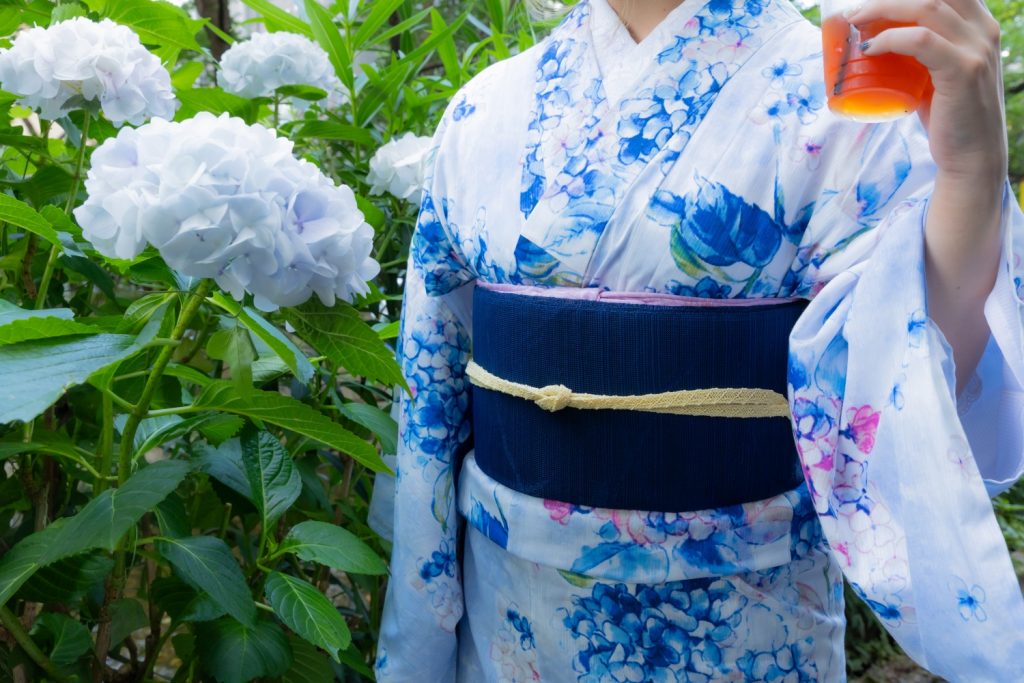
To meet the needs of those who say, “I can’t choose between a yukata and a summer kimono,” or “I can’t find a summer kimono pattern I like,” Yumeyakata offers a kimono-style yukata dressing service. Please feel free to ask our staff.
For an additional ¥1,100, you can upgrade to a ro otaiko obi, giving you an instantly more refined, kimono-like appearance✨
If you book our “Yokubari Plan” (which already includes a hair set and hair accessories), you can even add this upgrade and other cute options with no extra fee!
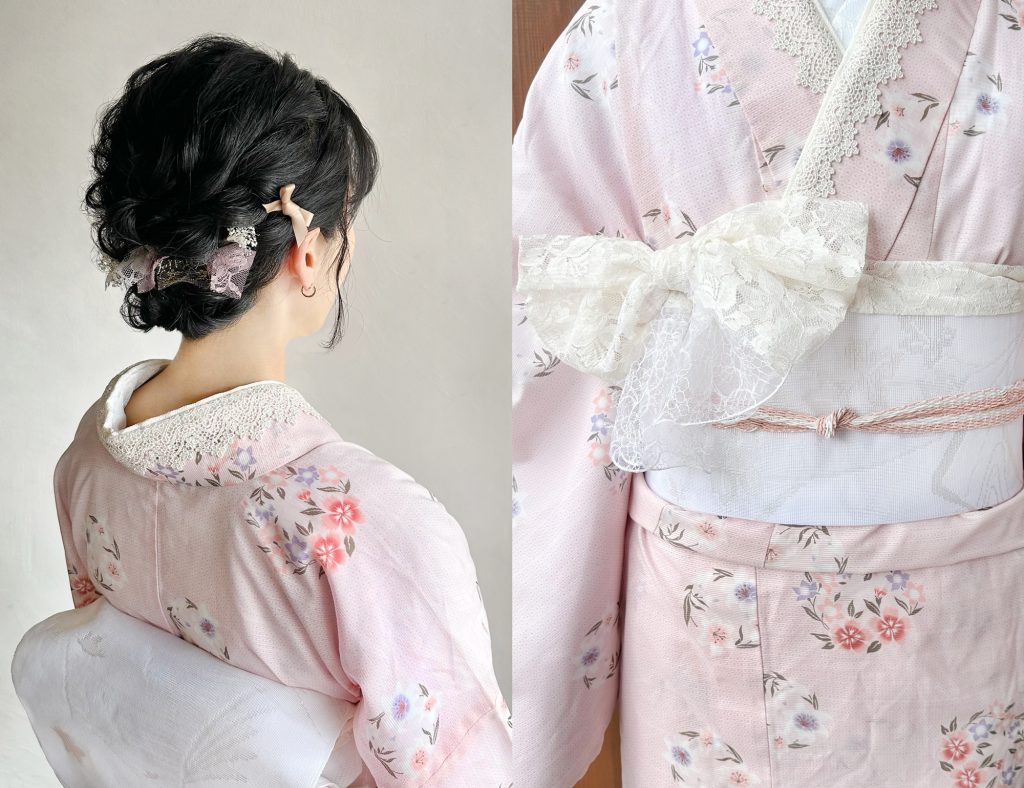
Yumeyakata’s yukata
The polyester yukata available for rent at Yumeyakata are manufactured by our sister brand, Kyoto Kimono Machi. They are highly absorbent and quick-drying, so you won’t feel sticky even if you sweat. You’ll likely notice a pleasantly cool sensation the moment you put one on.
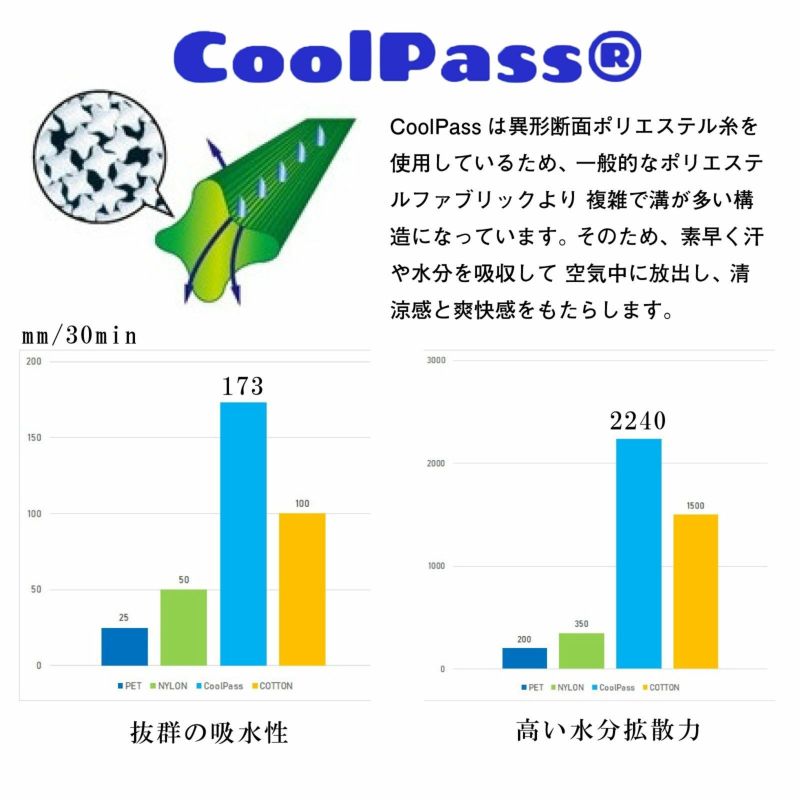
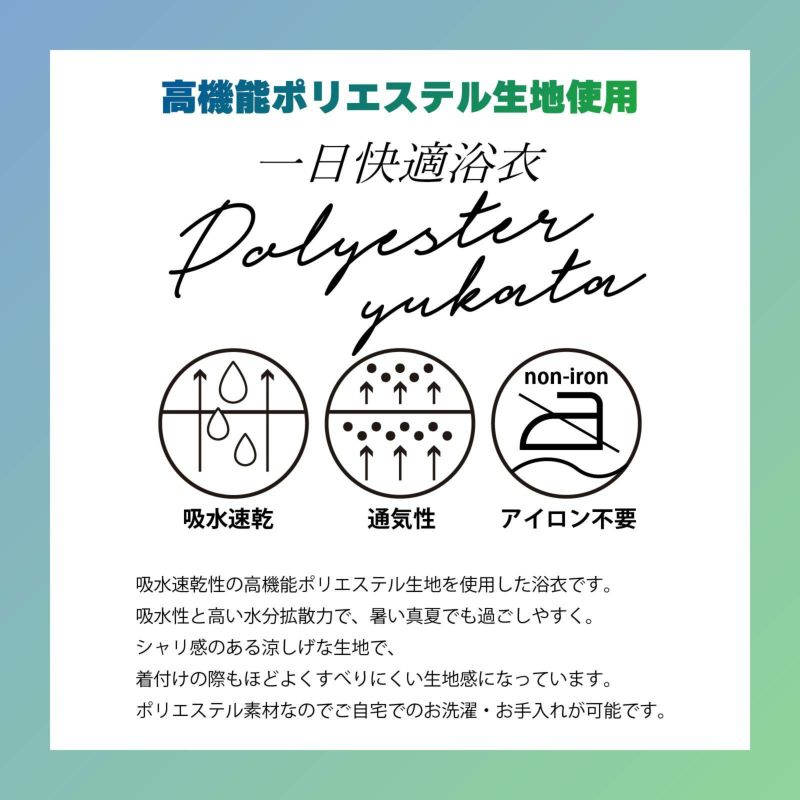
Beat the Heat!
…But walking under the scorching sun in clothes and footwear you’re not used to can be exhausting 😵 So! Let’s use some smart items to stay cool and comfortable!
① Use Cold Packs
Women’s yukata have small openings under the arms called miyatsuguchi. Slightly open this area and place a cold pack between the innerwear and the yukata. After inserting it, pull the wrinkled part to the back and straighten the chest area.
Cold packs with a rough surface, like the ones you get from cake shops, are recommended as they’re not too cold compared to the smooth-surfaced ones!
② Cooling Wet Towels
Wiping sheets create waste and often have overly strong scents, which can be a downside. Cooling wet towels (like scarf-type ones) last longer and can stay draped around your neck, making them more convenient and sustainable.
③ Sun Umbrella (Parasol)
Kyoto has few tall buildings to preserve cultural heritage and scenic beauty, which means there’s little shade. A parasol is essential for moving around during the day. 😥
④ Uchiwa Fan or Mini Electric Fan
You might’ve heard that “Kyoto is hot in summer because it’s a basin.” It’s true! Surrounded by mountains, the city traps heat and lacks sea breeze, making it humid and stifling. Even warm outdoor wind is better than no airflow at all!
⑤ Enter Air-Conditioned Buildings
If it’s just too hot to handle, don’t push yourself. Fans and hand fans work much better in air-conditioned environments.
⑥ Keep Luggage to a Minimum
Heavy bags and having your hands full make everything harder. Reduce the load and keep things light for a more enjoyable day.
Staff-Recommended Yukata
Various flowers bloom in summer. One of the joys of choosing a yukata for the season is coordinating it with floral patterns that reflect the seasonal mood.
In the world of kimono fashion, it’s considered stylish to wear patterns featuring flowers just before they are in full bloom (in other words, when they’re still in bud). But don’t worry—you don’t have to take it too seriously! 👍
At Yumeyakata, we offer not only yukata but also a wide variety of optional accessories ♪
You can create your own unique look! From cute to mature styles, we have something for everyone ☺
Flowers in Full Bloom in Early Summer (May to June)
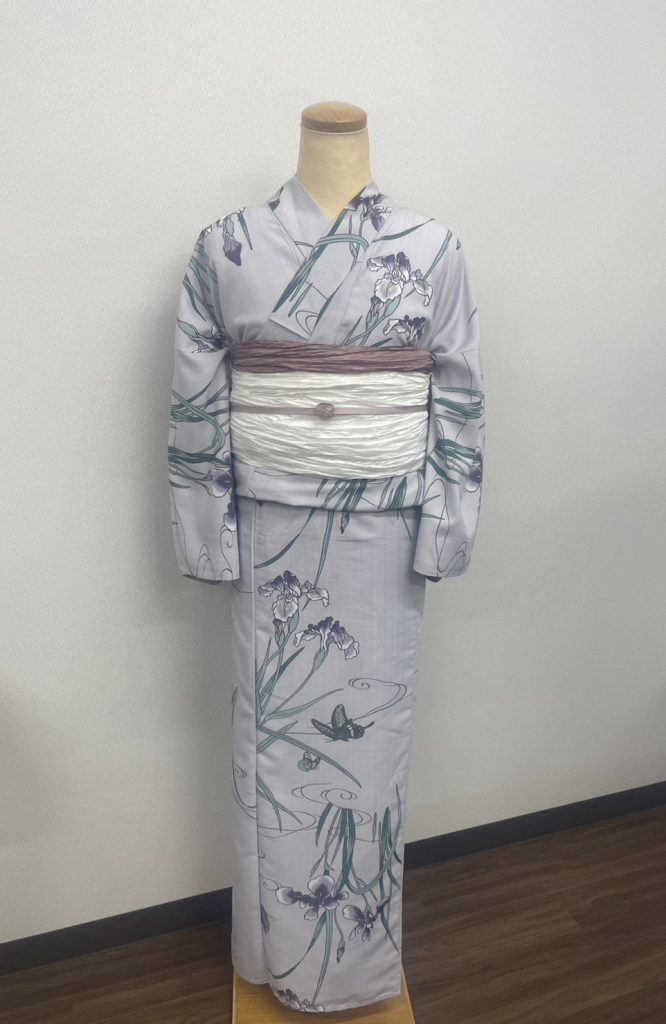
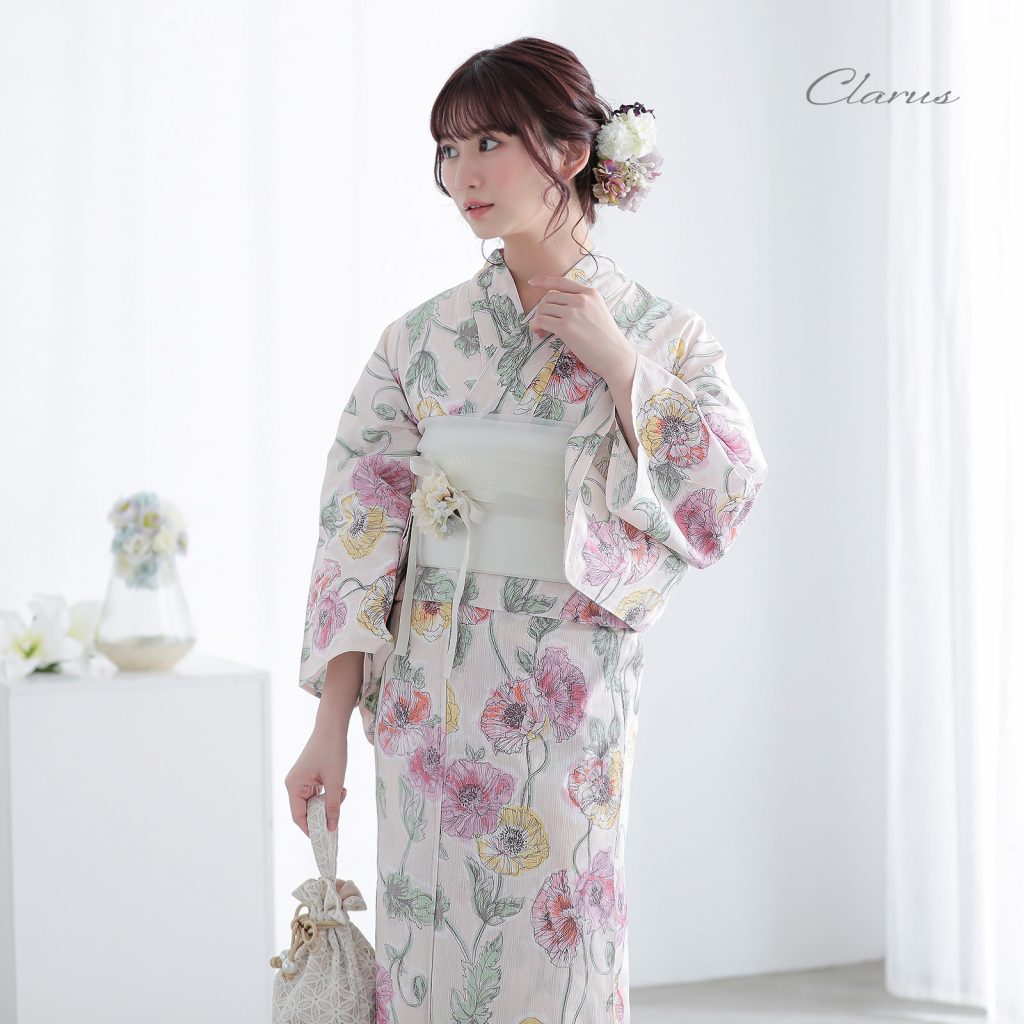
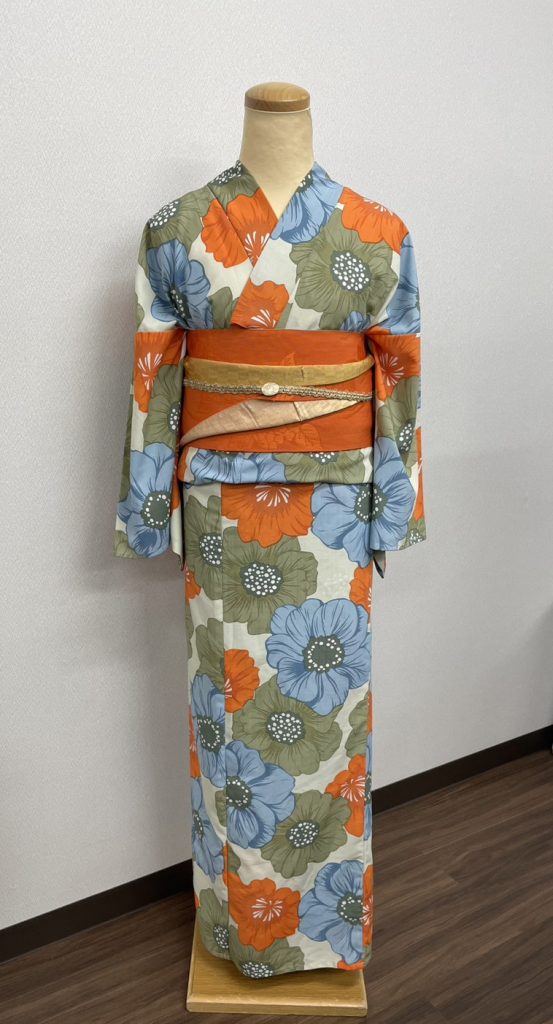
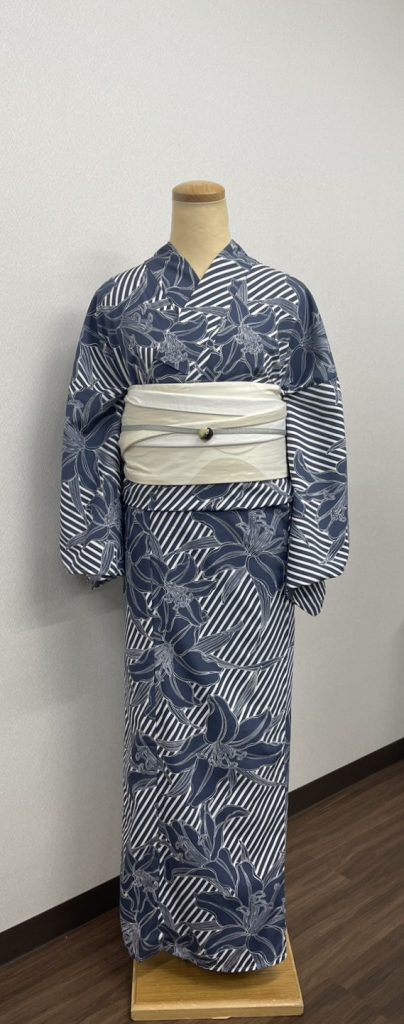
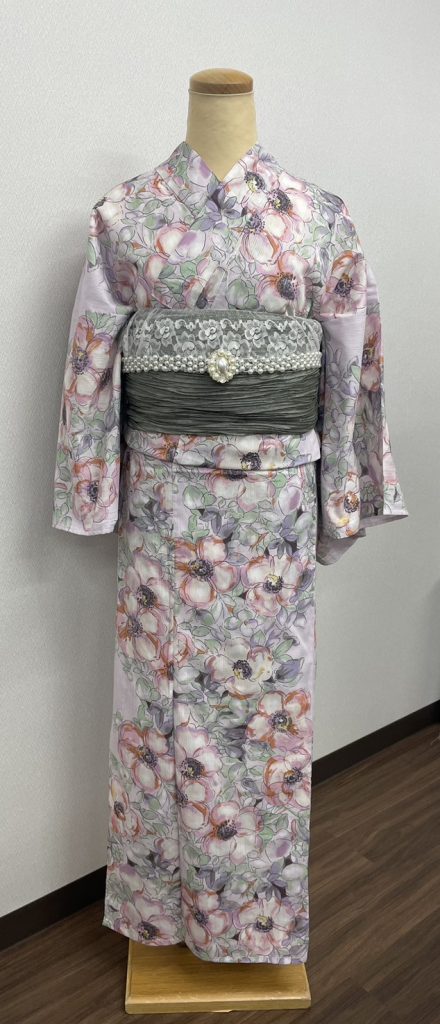
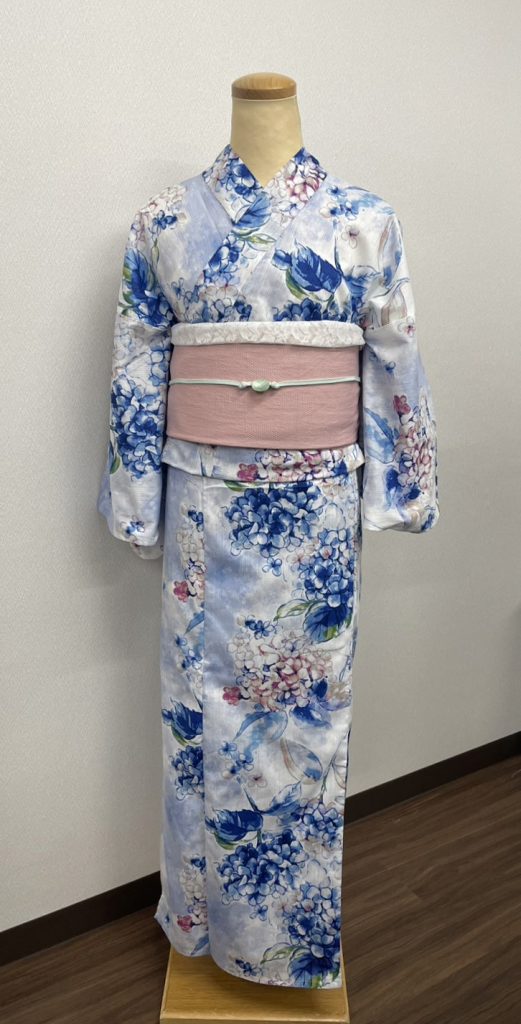
Flowers in Full Bloom from July to August
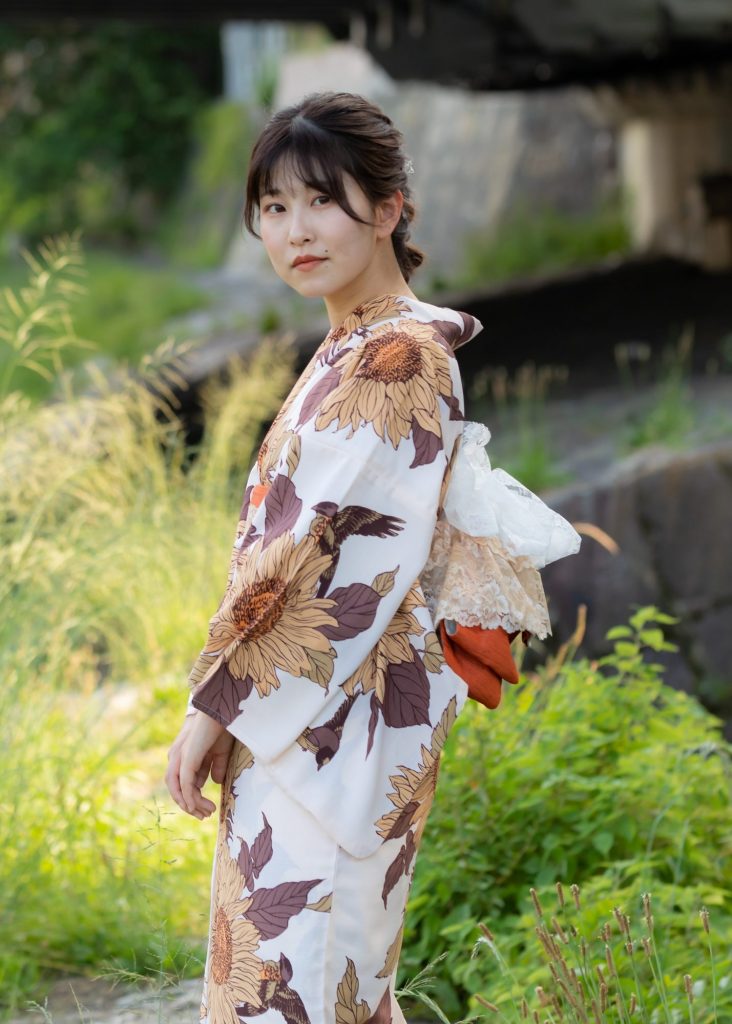
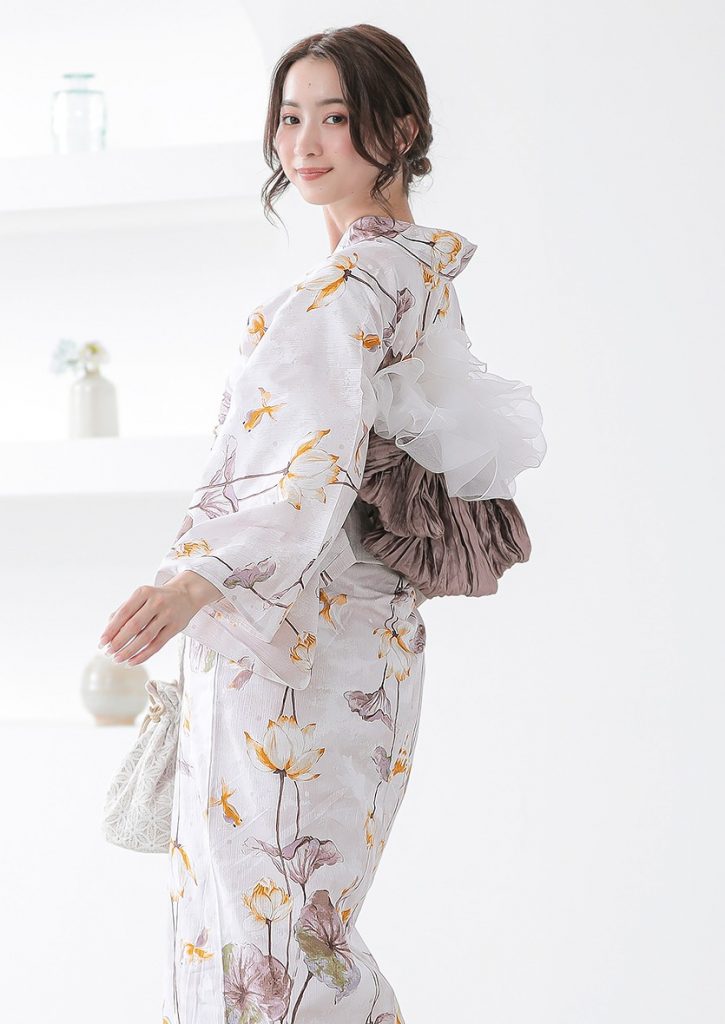
Flowers in full bloom in September
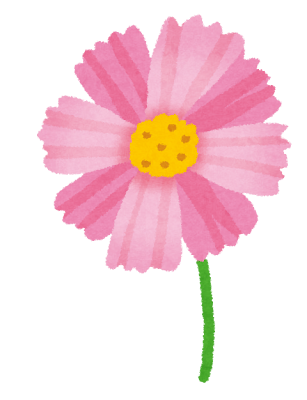

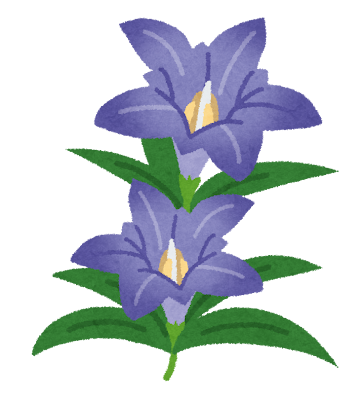
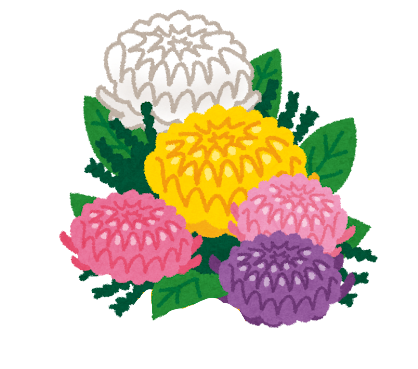
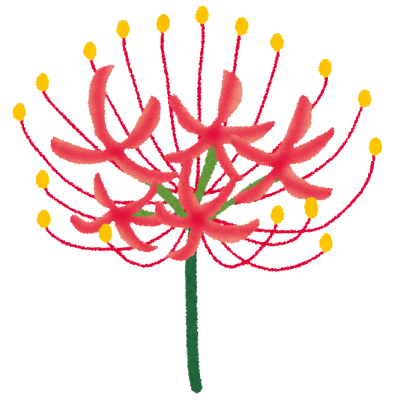
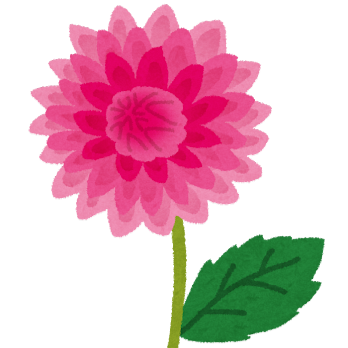
Yukata with summer-themed patterns
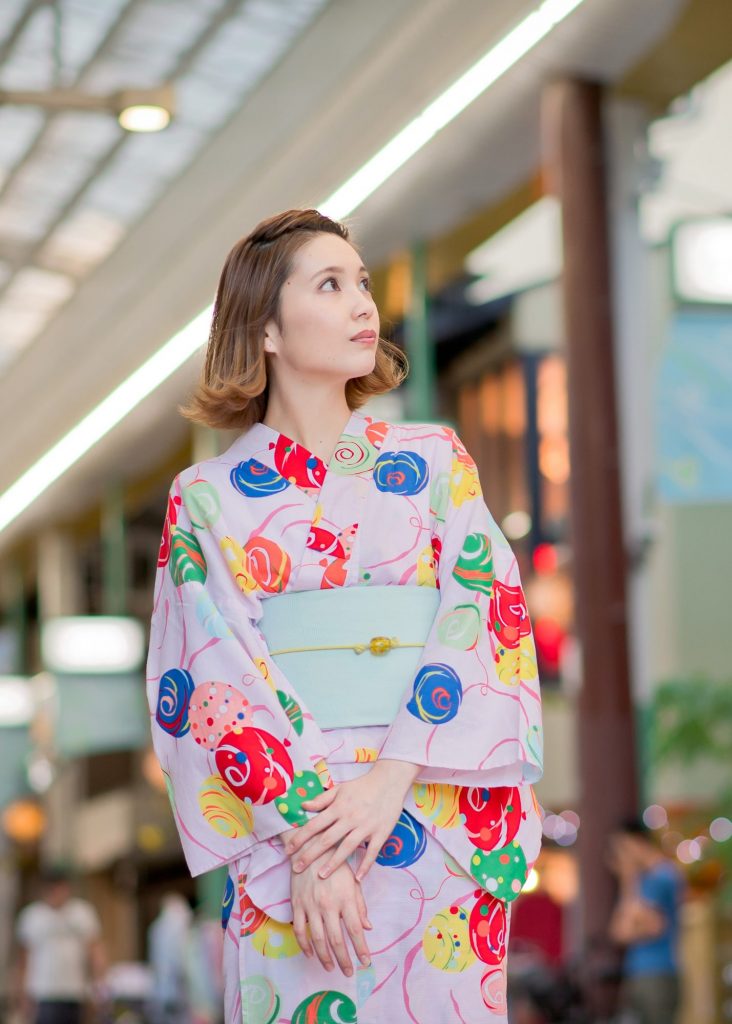
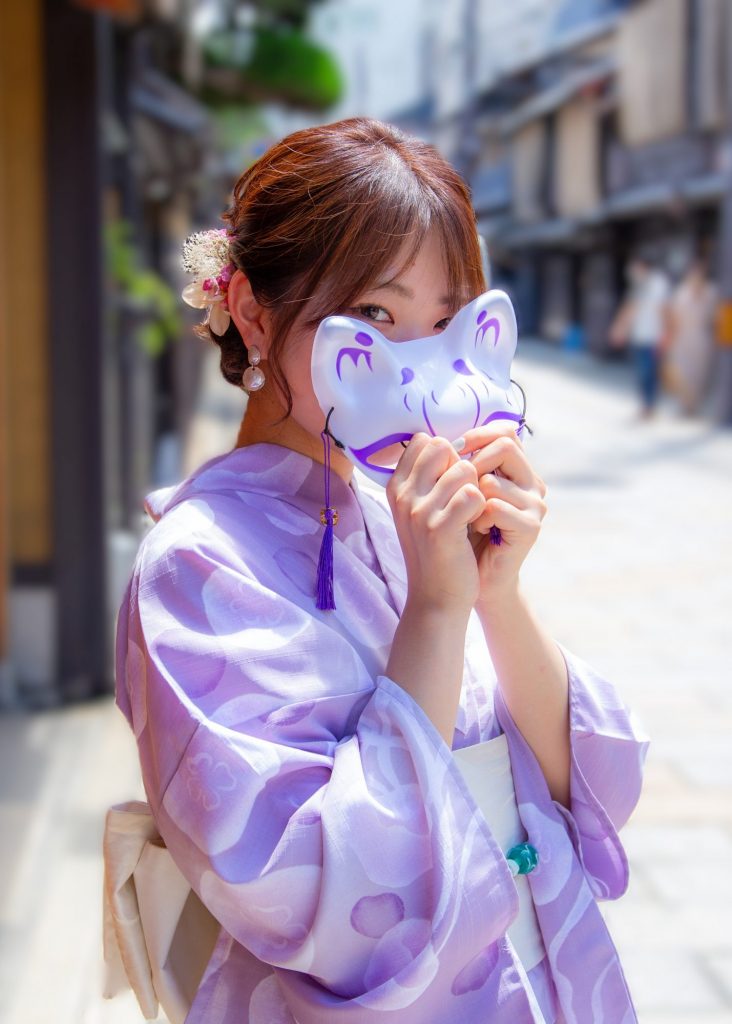
Yumeyakata’s Recommended Activities
Location Photoshoot
In summer, we recommend a mini location shoot course that takes about one hour or a photoshoot at a charming Kyoto townhouse over 100 years old.
Mini Higashiyama Package/Gion Package ¥19,800~/1時間
The Higashiyama Course features iconic spots like Yasaka Pagoda in the background, Ishibei Koji Alley, and Koshindo Temple.
The Gion Course includes areas around Tatsumi Daimyojin Shrine and Tatsumi Bridge.
During the daytime, capture your kimono-clad look in classic Kyoto locations!
※Taxi fare is separate. Transportation to the starting point is by taxi only. After the course, participants will be dismissed locally.
※Gion Package is available only for arrivals at 9:00 AM and departure at 10:30 AM.
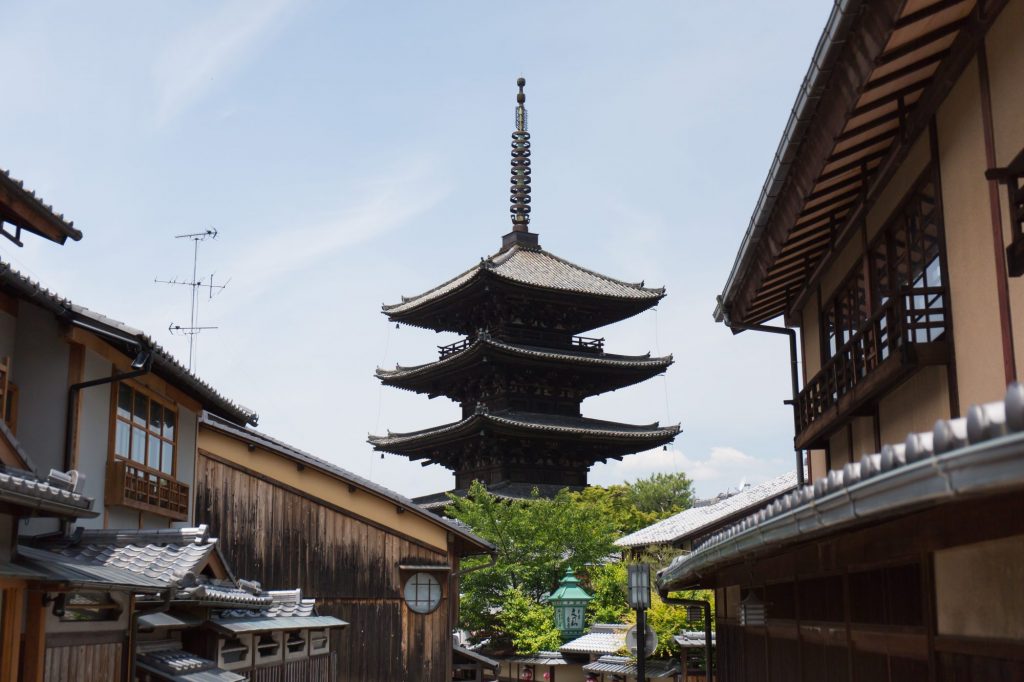
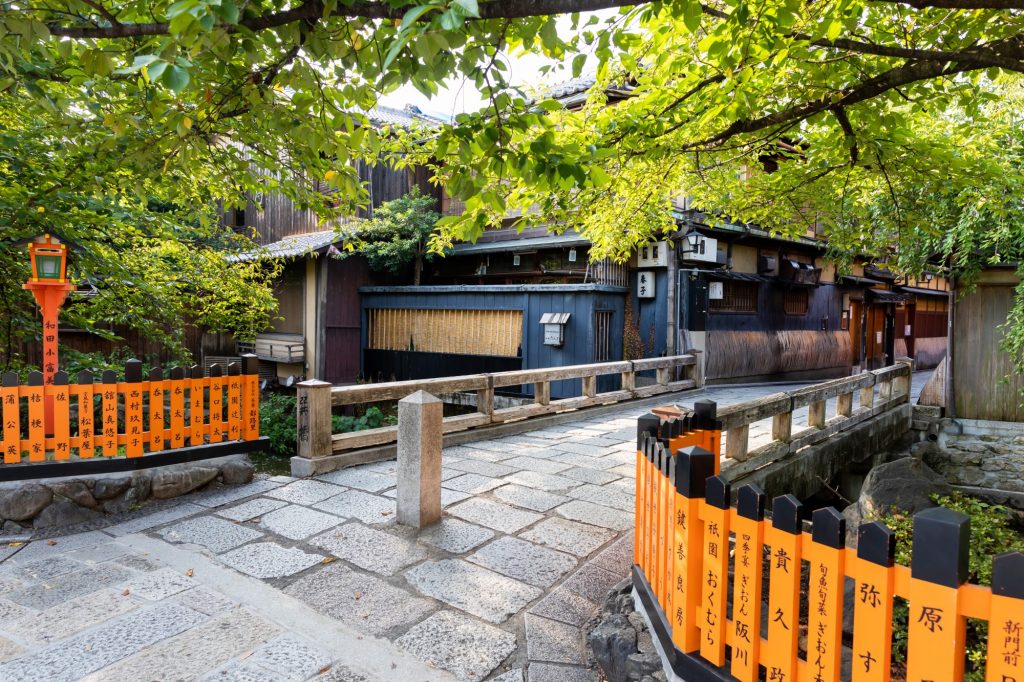
Oike Bettei Package-a Kyoto townhouse-
30-minute course ¥14,300~/60-minute course ¥22,000~
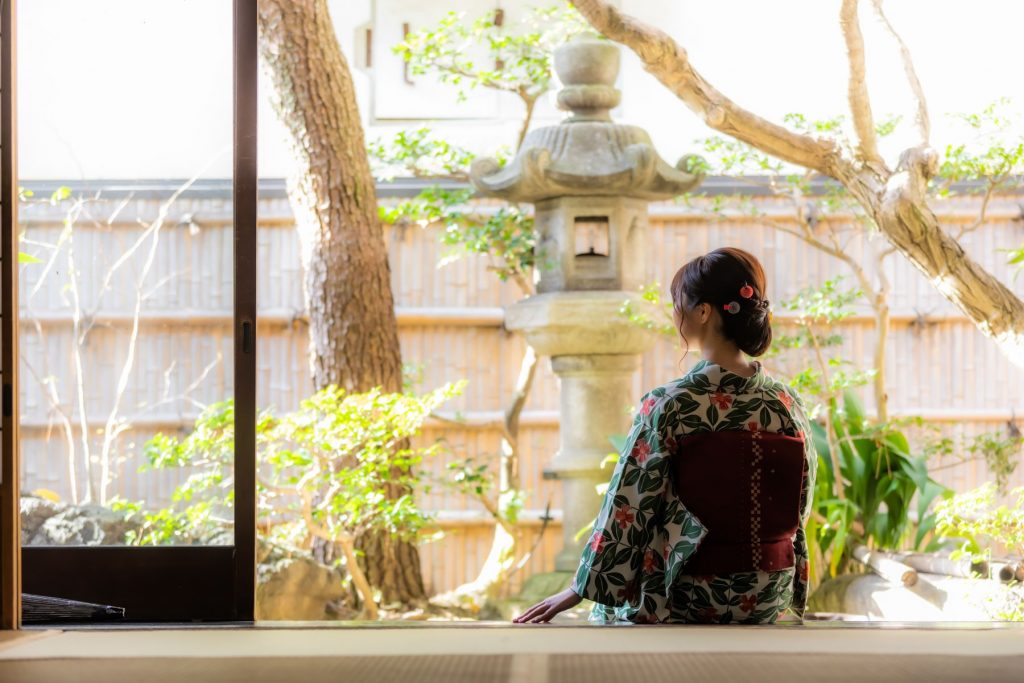
For those who find outdoor shooting tough, we recommend shooting at the Kyoto townhouse “Oike Bettei.” The air conditioning is working.
※Taxi fare is separate. Only taxi transportation is provided on the way there. After finishing, you are free to disperse at the location.
Tea Ceremony Experience
By combining summer yukata and kimono rentals with a tea ceremony experience, you can enjoy a unique Kyoto activity in a calm atmosphere while avoiding the heat.
The tea ceremony experience at the traditional Kyoto townhouse “Oike Bettei” is an authentic plan led by certified instructors who provide clear and careful guidance even for beginners. If you think, “The tea ceremony might be too formal or difficult,” please rest assured. Why not experience the spirit of Japanese hospitality and the once-in-a-lifetime encounter, “ichi-go ichi-e,” in the charming space of a townhouse with over 100 years of history? ☺️
Summer Events Around Kyoto
Rental Fee
Advance reservations are advantageous!!!
| Original Price | Advance Reservation | Advance Reservation & Summer Discount | |
| Kimono/Yukata | ¥5,280 | ¥4,180 | ¥3,762 |
| Couple Plan | ¥10,560 | ¥8,000 | ー |
| Full Option Plan | ¥10,450 | ¥8,250 | ¥7,425 |
| Hairstyling | ¥2,750 | ¥1,650 | ー |
※Applies from 9:00 AM onwards. Early morning fees for reservation at 9am/9’30am will still apply.
※Not applicable to Casual Plan, Couple Plan, Student Discount Plan or optional services.
※Cannot be combined with other discounts or promotions.
※Please show the campaign image at the time of payment. If not presented, the discount will not be applied.
Kyoto Kimono Rental Yumeyakata – Gojo Shop
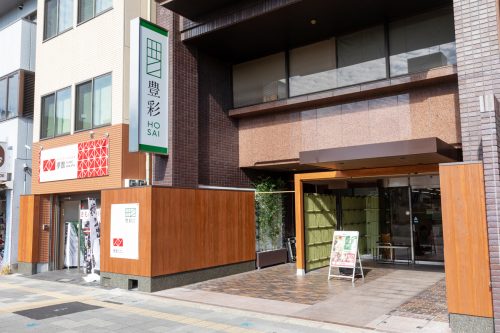
〒600-8103 353, Shiogamacho, Shimogyo-ku, Kyoto-shi, Kyoto Japan
TEL:075-354-9110(country code+81)
E-mail:info@yumeyakata.com
Regular holiday:Year-End Holiday(12/31~1/3)
Buniess Hour10:00 ~ 17:30(Last entry 16:00)



